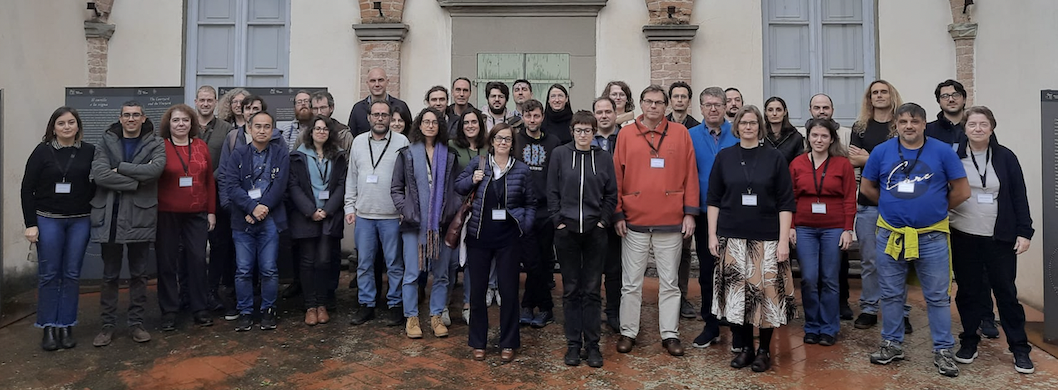Speaker
Description
Stars are primarily formed in clustered environments in giant molecular clouds. Stars are also primarily found in binary or higher order multiple systems. Therefore, there is a time during the formation of star clusters when both stellar dynamics and hydrodynamics are needed to describe the dominant populations, and we probably also need to care about radiation, chemistry, dust physics, and magnetic fields at some level too. In this talk, I will describe some recent simulations of star cluster formation and show how a more complete treatment of stellar and gas physics, and their interaction, are necessary to properly model star cluster formation, and can lead to "common sense" solutions to some of the puzzles that remain about the properties of star clusters.

